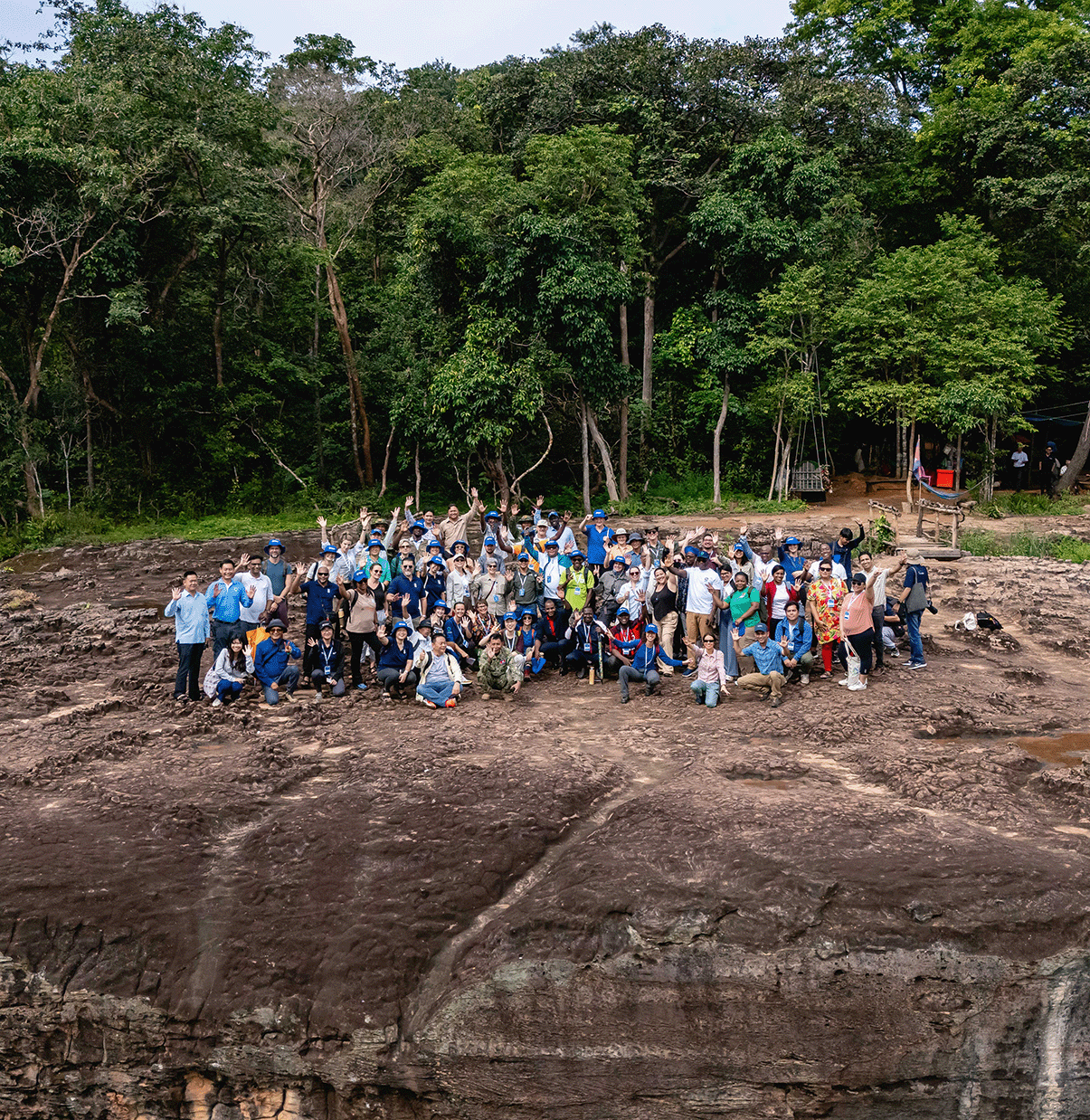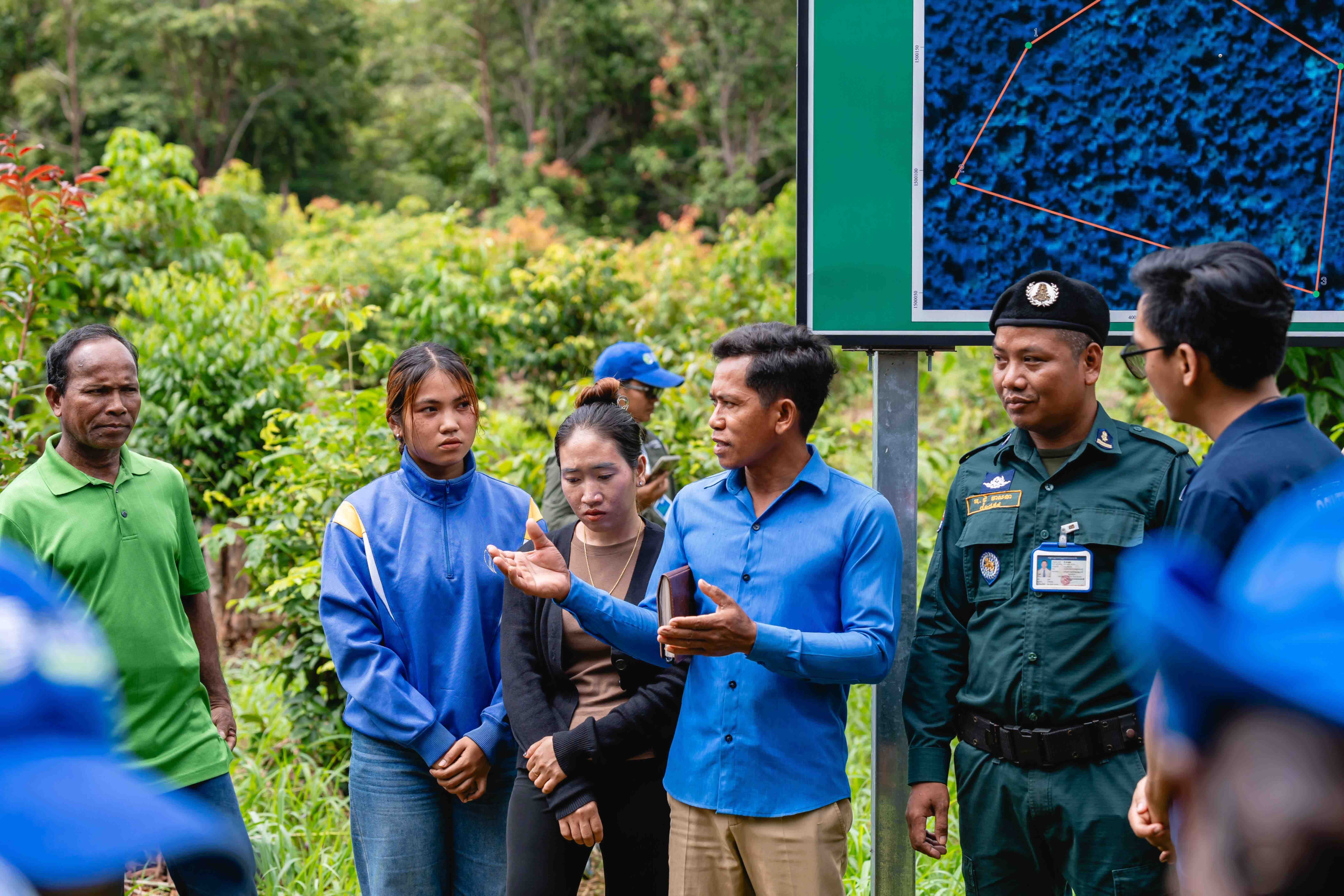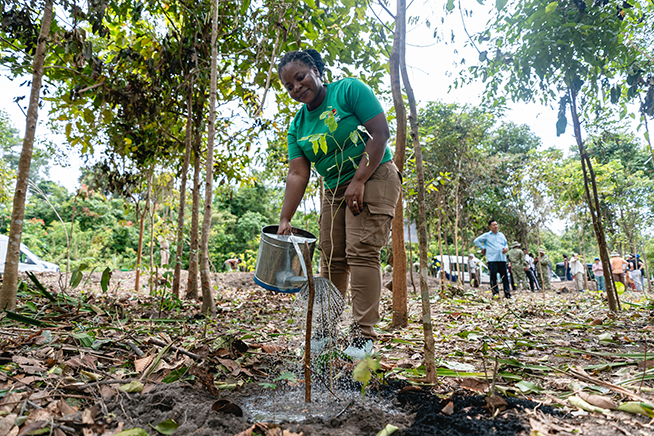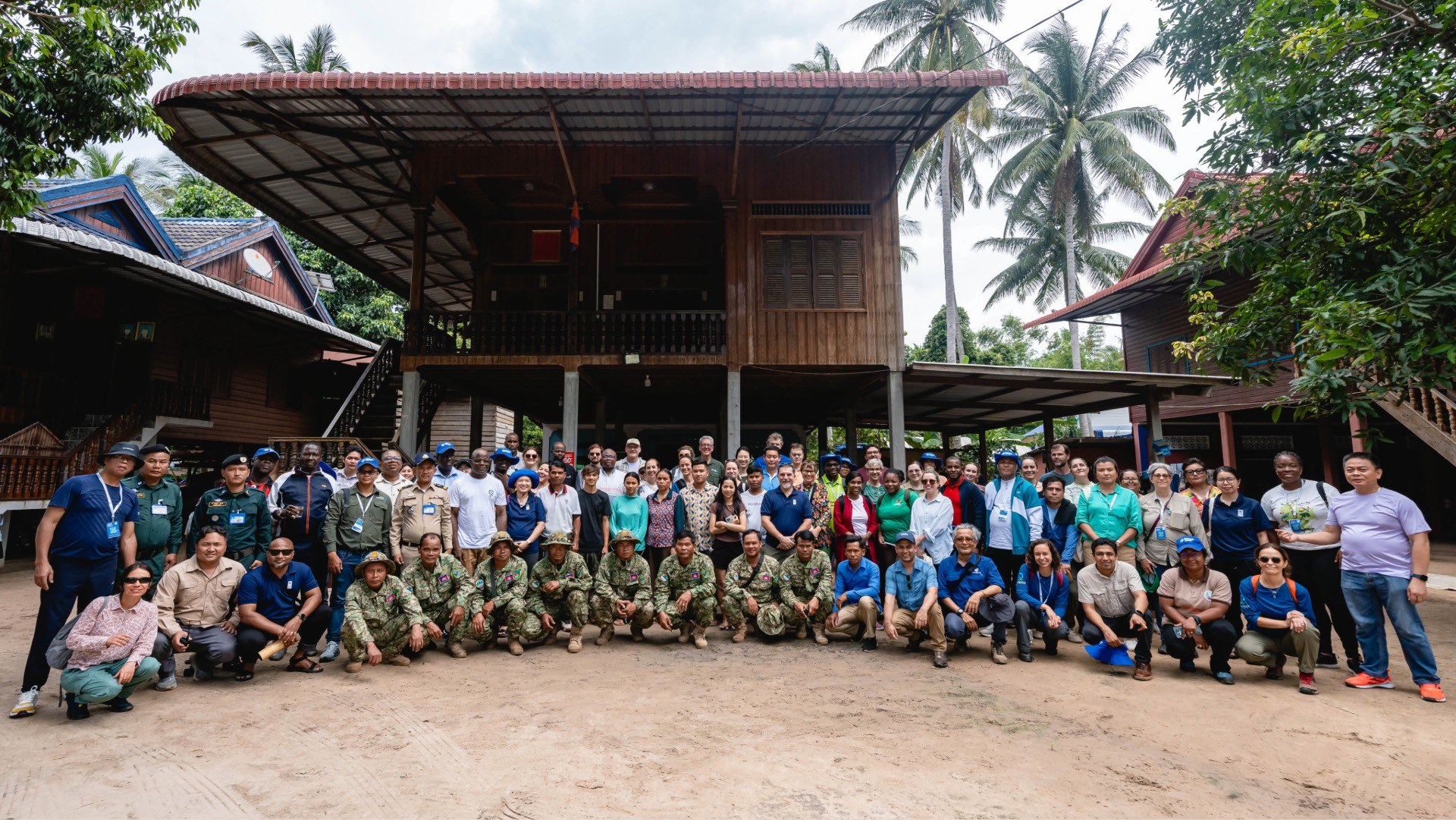A Global Push to Restore 1.8 Million Hectares
Globally, ERIP is targeting the restoration of 1.7 million hectares of critical ecosystems, while improving management of another almost 700,000 hectares of terrestrial protected areas. Collectively, these actions are expected to mitigate 170 million metric tons of greenhouse gas emissions and benefit more than 3 million people who depend on healthy ecosystems for food, water, and livelihoods.
The case for action is urgent: globally, 20 million square kilometers of land—area larger than the entire continent of South America —faces degradation, undermining climate resilience and biodiversity. By restoring ecosystems, countries can:
• Combat climate change by sequestering carbon and reducing greenhouse gas emissions.
• Protect biodiversity by conserving endangered species and habitats.
• Enhance water security by improving water quality and availability.
• Boost local economies by creating jobs and supporting sustainable livelihoods.
Building Momentum for Global Restoration
The ERIP First Conference in Siem Reap marked the first time representatives from all 20 ERIP countries gathered in one place, creating a global platform for collaboration, exchange, and shared problem-solving. Delegates included government focal points, civil society leaders, scientists, and international partners, all committed to scaling restoration at a pace that matches the urgency of the crisis.
The Ecosystem Restoration Integrated Program (ERIP) is funded by the Global Environment Facility (GEF) and led coordination by Conservation International(CI), with implementation support from partners including the Food and Agriculture Organization (FAO), United Nations Development Programme (UNDP), International Union for Conservation of Nature (IUCN), The World Bank, International Fund for Agricultural Development (IFAD), and United Nations Environment Programme (UNEP).
ERIP’s mission is to restore degraded ecosystems to build a resilient future for people and the planet. By aligning with the UN Decade on Ecosystem Restoration, the program supports global restoration commitments through policy, finance, capacity building, and international cooperation.
Building Connections, Sharing Solutions
Throughout the four-day event, country teams presented their restoration goals and challenges—from agroforestry in Nepal to peatland recovery in South Africa. Sessions tackled core themes: gender equity, policy, finance, and knowledge. Technical clinics introduced tools like the Restoration Calculator and guidelines for Payment for Ecosystem Services, bridging the gap between knowledge and action.
Panel discussions underscored the role of ERIP in linking local and national restoration to global frameworks such as the UN Decade on Ecosystem Restoration and the Convention on Biological Diversity (CBD). Countries shared how they are integrating restoration into national climate and development strategies, from Madagascar’s forest policy reforms to Brazil’s large-scale native vegetation recovery plans.
A field visit to Phnom Kulen National Park allowed participants to observe restoration led by local communities and the Cambodian Ministry of Environment, highlighting how ecological recovery and livelihoods are connected on the ground.
Looking Ahead
This inaugural conference was a milestone for the program —it was the foundation for a global community. As delegates concluded, momentum was building for ERIP to serve as a global model of restoration partnerships, showing how countries, communities, and institutions can work together to reverse degradation and secure a more resilient future for people and the planet.








